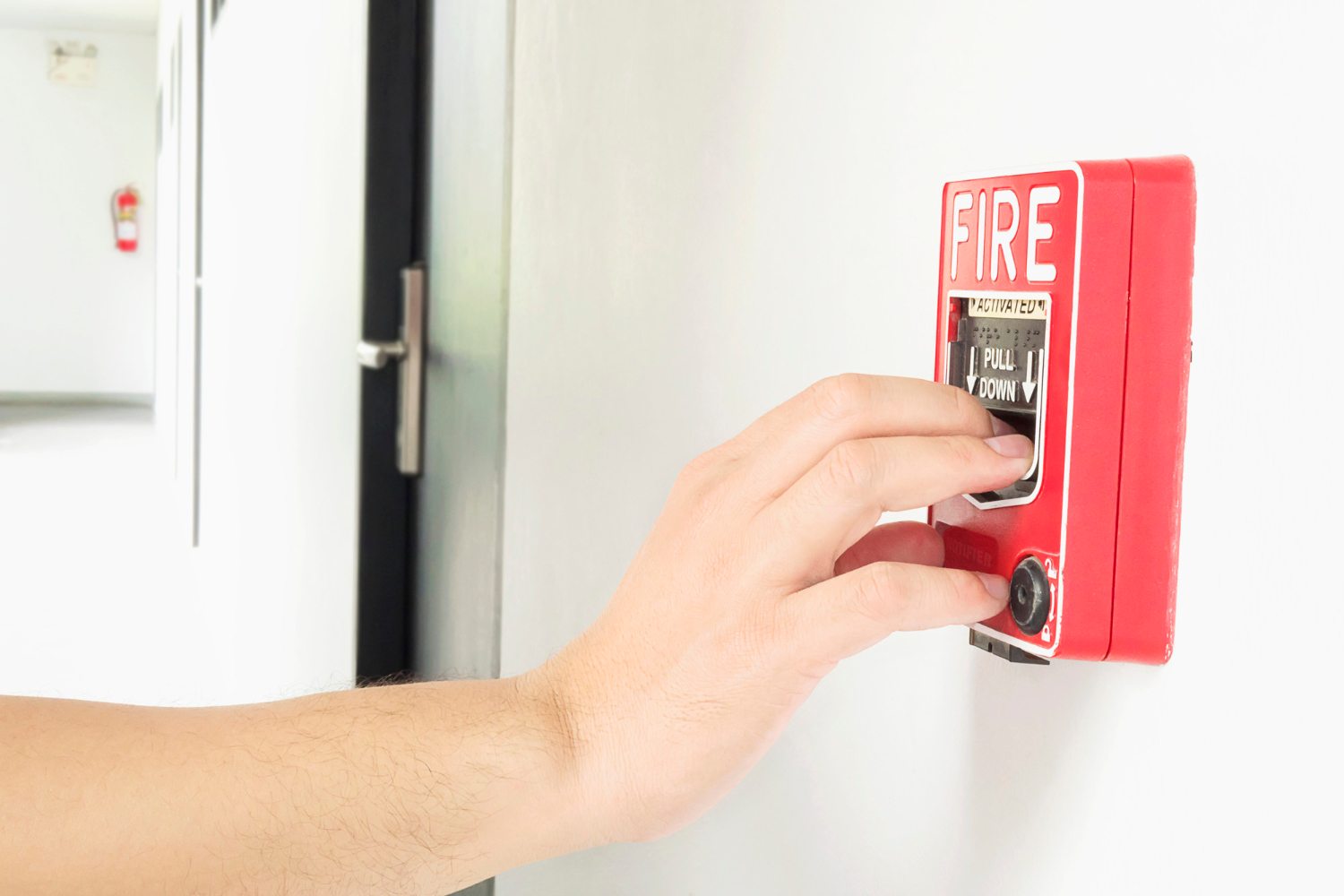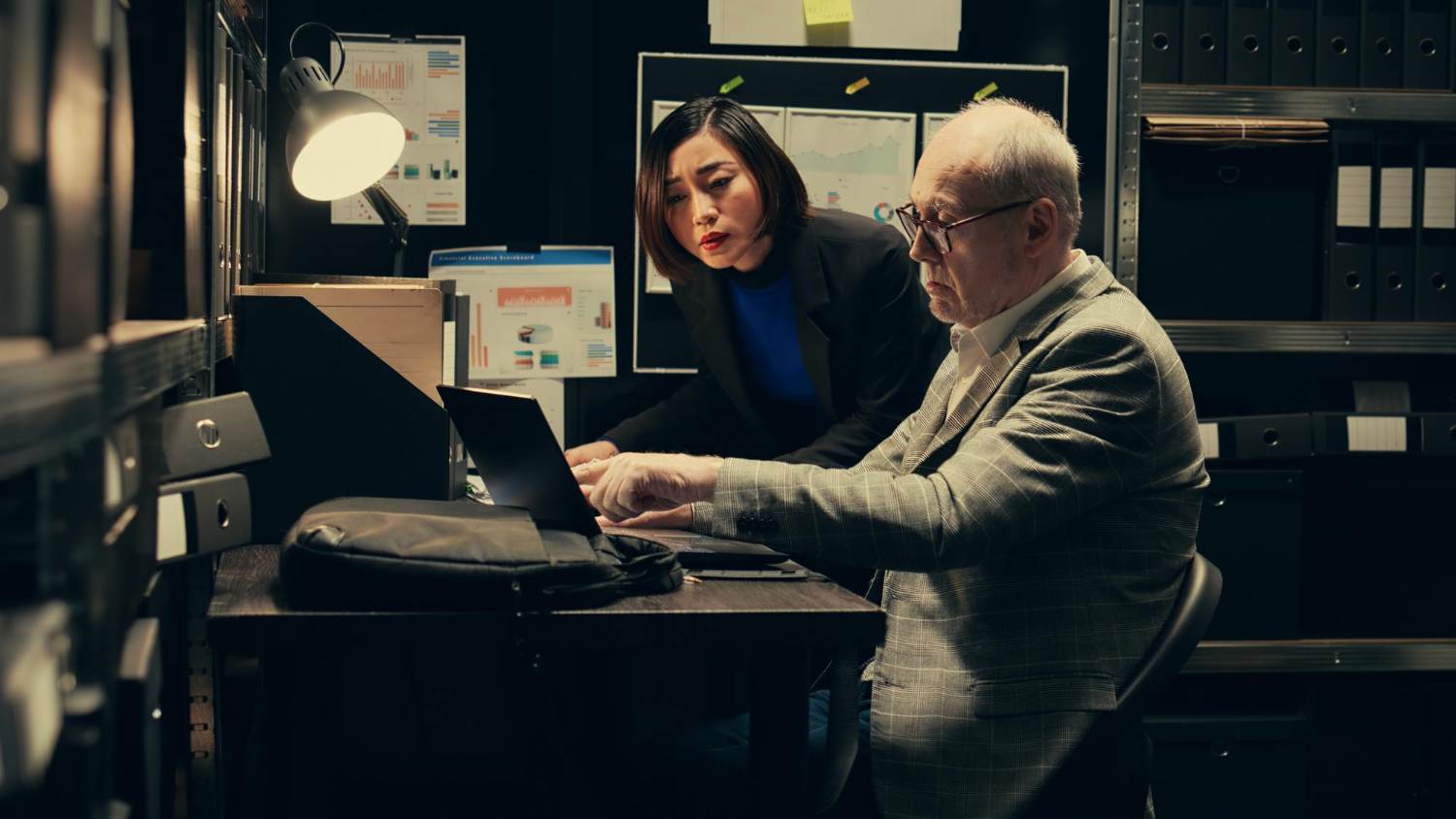Setting up Your First Retail CCTV

It’s undeniable that a secure retail environment is essential for both your customers and staff alike. One integral part of achieving this is through the installation and proper utilisation of a retail CCTV system. In this blog post, we’ll walk you through a step-by-step guide on how to set up your first retail CCTV.
Understanding Your Needs and Planning
Before rushing into buying and setting up your CCTV, it’s important to understand the unique needs of your retail space. Each retail store is different, from its layout to its size, the value of the items sold, and the locality’s security situation.
Take some time to evaluate your store’s potential vulnerabilities and areas that require closer surveillance. High-risk areas usually include cash registers, entrances, exits, and high-value product displays.
Once you’ve identified these areas, you can make an informed decision about the type of CCTV system that would work best for your retail store.
Installing the CCTV System
Once you’ve chosen the right CCTV system, it’s time for installation. Here are some steps to follow:
- Install the cameras: Install cameras in the identified high-risk areas. Ensure they’re positioned to provide the best possible view of these areas. Be mindful of privacy laws and ensure cameras are not pointing toward fitting rooms or restrooms.
- Set up the recording device: Connect the cameras to the recording device. This could be a network video recorder (NVR) or a digital video recorder (DVR), depending on the system you chose. Follow the manufacturer’s instructions for setup.
- Connect to the monitor: Connect your recording device to a monitor. This will allow you to view the camera feeds in real-time.
- Test the system: After everything is set up, test your system. Check the views of each camera to ensure they’re providing clear and useful images. Adjust camera angles if necessary.
Considering Professional Installation
While this guide aims to empower you with the knowledge to set up your CCTV system, remember that a professional installation is always an option, especially for complex setups. Professionals can also provide valuable advice on how to optimally use and maintain your system.
The Final Picture
Implementing a retail CCTV system can initially seem daunting, but by breaking down the process into these manageable steps, it becomes significantly more approachable. Starting with a careful understanding of your store’s needs and planning, choosing the right system, installing it correctly, maintaining it regularly, and being mindful of the legal implications will help ensure that your retail environment remains secure and customer-friendly.
Remember, CCTV not only helps deter potential theft and aids in resolving disputes but also allows you to observe customer behaviour, providing insights that can help enhance the shopping experience. In essence, a well-implemented CCTV system is an essential part of modern retail, bringing both security and business benefits.
We hope this step-by-step guide has made the process of setting up your first retail CCTV clearer and less intimidating. It’s a worthy investment for the safety of your business, employees, and customers. Security is paramount, and with your new CCTV system, you’re taking a significant step toward creating a safe and secure retail space.
Choosing the Right CCTV System
There is a vast range of CCTV systems available, each with different features and capabilities. Here are some factors to consider when selecting your retail CCTV:
- Camera resolution: You need cameras that produce clear images to identify people and actions effectively. HD cameras are typically the minimum standard for retail security.
- Camera field of view: Some cameras have a wider field of view than others. Depending on your store’s layout, you might need cameras with a wide-angle lens to cover more areas.
- Lighting conditions: Consider the lighting conditions in your store. If parts of your store have poor lighting, you might need cameras with night vision capability.
- Indoor or outdoor: If you plan to install cameras outside, ensure they’re weather-resistant.
- Storage and access: Determine how footage will be stored (locally or cloud-based) and how you’ll access it.
Remember, the key here is balance. You want a system that will provide the level of security your store needs without going unnecessarily overboard.
Training and Regular Maintenance
Finally, don’t forget that a CCTV system is not a set-and-forget solution. Regular maintenance checks are crucial to ensure that the system is functioning correctly. Check the camera lenses for cleanliness, review the footage regularly, and ensure the system is recording as expected.
Additionally, train your staff on how to use the system. This includes showing them how to review footage, save specific clips, and report any issues with the CCTV system.
By following this step-by-step guide, you’re on your way to setting up a secure and efficient retail CCTV system, providing both safety and peace of mind for your customers and employees alike.
Compliance with the Law
Remember, it’s not enough to simply install your retail CCTV system; you must also be aware of legal obligations surrounding its use. Laws vary by location, so always check your local regulations, but generally, it’s essential to:
- Inform people they’re being monitored: You can do this by posting signs at your store’s entrance and other visible locations.
- Protect the footage: CCTV footage often includes sensitive information. It’s your responsibility to ensure this information is secure and not misused.
- Know when to share the footage: There may be situations, such as a police investigation, where you need to share the footage. However, only share when it’s legal and appropriate.



